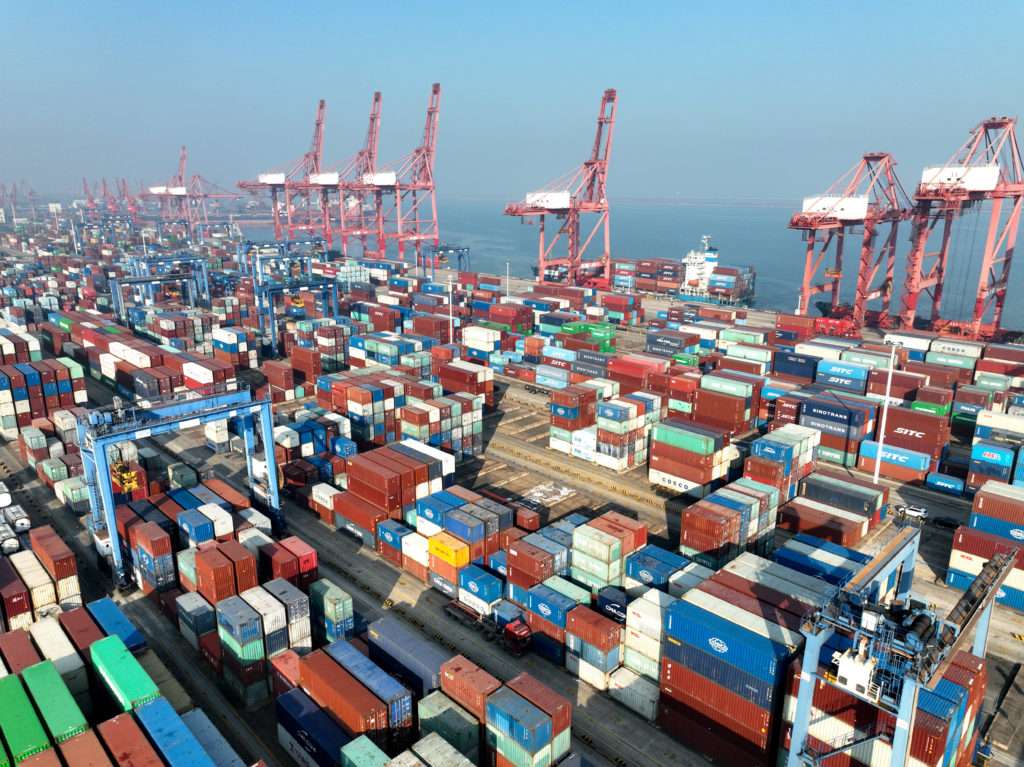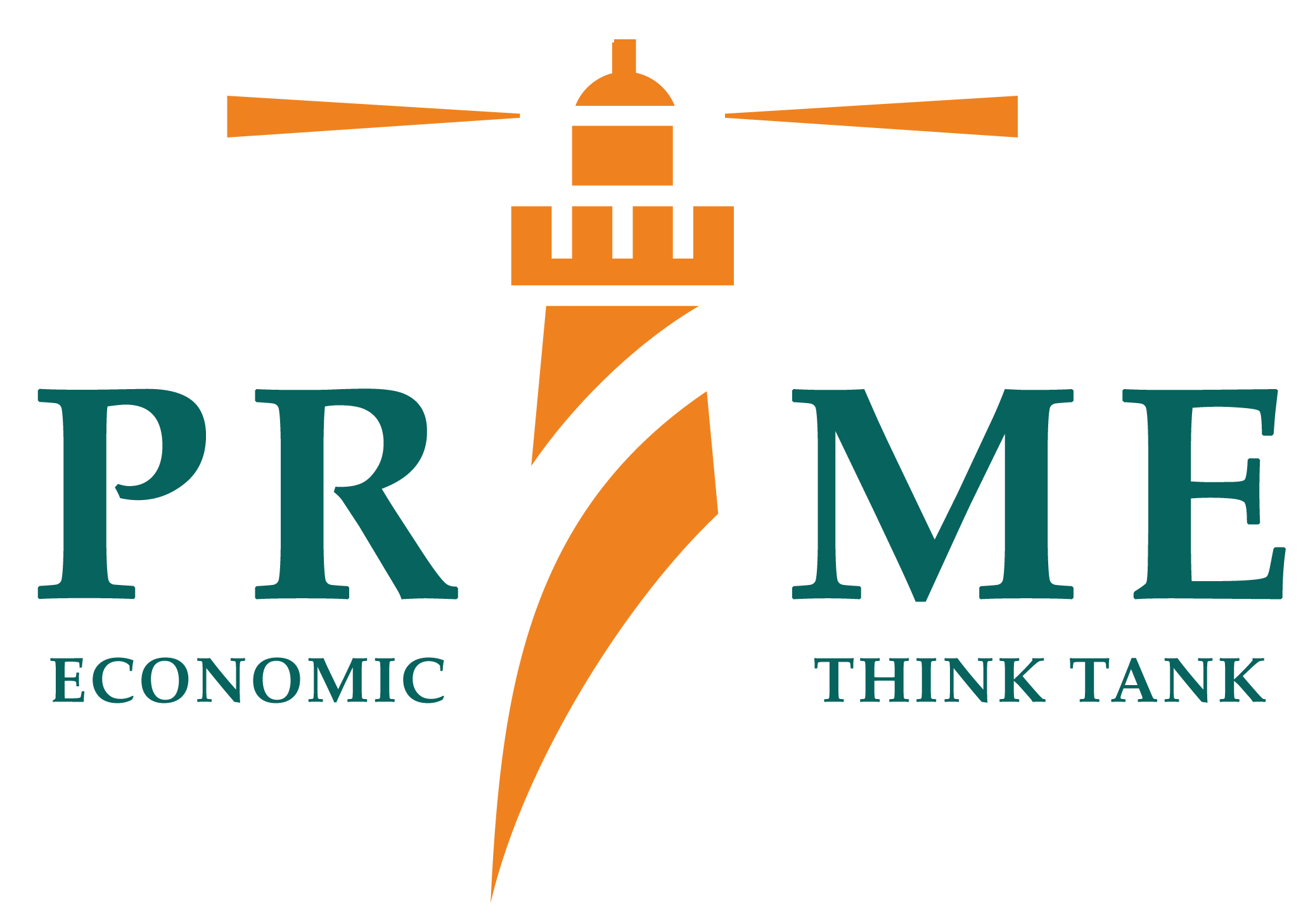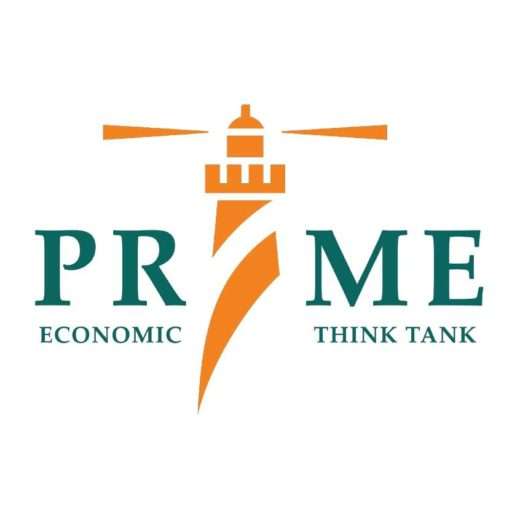Rethinking Pakistan’s export strategy
Asking the right questions, focusing on productivity, global competitiveness is key
Ali Salman | 07, November, 2023

Everyone agrees that the only way out of the abyss that Pakistan's economy finds itself every few years is to increase our dollar income substantially. These non-debt creating inflows can only materialise through an increase in exports, investment or remittance. In this article, I will focus on the export part of this equation.
From my perspective, an increased reliance on remittance serves as a disincentive to produce and facilitates only consumption with inflationary impact. Similarly, foreign investment flows are accompanied with liabilities, particularly when they are directed towards infrastructure, such as power and highways. The China-Pakistan Economic Corridor (CPEC) is a case in point.
Over the decades, Pakistan has used various policies, incentives and schemes to enhance exports. The fact that the exports-to-GDP ratio has fallen over time dramatically is a sufficient indicator of the failure of our export paradigm. We touched a maximum of 17% exports to GDP ratio in early 1990s- an era of trade liberalisation and economic reforms, as well as positive trade balance. This ratio today is hardly 10% with a widening trade account gap, where other regional economies have managed to increase this ratio.
We extended all kinds of incentives to the private sector and developed export processing zones in the 1980s. Despite this, to date, their contribution in total exports is less than 3%, compared with Bangladesh where it is above 15%. To determine the causes, the government recently commissioned a study to our institute, and a report has been submitted to the government which offers recommendations on improvements.
The government offered export finance schemes like TERF and LTTF with credit supply at a discount. Additionally, they offered duty drawback incentives to our exporters. These schemes helped to some extent and have proven advantageous for incumbents. Moreover, our product complexity has not improved implying low value that our products get in the international markets. The example set by the veteran Industrialist Imtiaz Rastgar whose products are exported to 130 countries is inspiring but exceptional.
Pakistan has persistently used import substitution policies, even with evidence of their failure. One compelling example is our auto industry, which has not developed any export markets for various reasons and prices remained very high. However, our motorbike industry has become far more competitive and as a result, has offered products at reasonable prices.
In 2013, Pakistan received GSP Plus status from the EU, a trade deal with duty free or minimum tariff barrier access for textile and other products. In her paper, Economist Sarah Javaid concluded that Pakistan took maximum advantage of the scheme, with 97% of the utilisation. However, it did not help in product diversification or supply chain development. Some can argue that it might have created an opposite effect by limiting product diversification.
A new study authored by Aadil Nakhoda and published at the PRIME, an independent economic policy think tank, estimated that the possible trade loss in case of revocation of GSP Plus is over $3 billion per year, though there are some estimates which put this possible loss closer to $6 billion. Roughly around 30% of our exports fall under GSP Plus. In comparison, the Philippines, which is another GSP Plus country with overall exports of above $115 billion, has only $2.5 billion exports under GSP Plus, which means that hardly 2% of its exports are dependent on GSP Plus.
When it comes to exports, there is one major policy omission that Pakistan has made, free trade and regional trade blocks. Pakistan has seven PTA/FTAs, though they lack depth, an FTA implies zero duties on 90% of tariff lines, as argued by the former WTO Ambassador Manzoor Ahmad. Therefore, they have not created results which other countries such as Turkey and Vietnam have experienced. Both the countries with more or less similar export level as that of Pakistan hardly thirty years ago shunned protectionism. Since then, they have become export power houses, with Vietnam crossing $350 billion and Turkey above $250 billion.
While there are other factors which have impeded our export potential, I will not discuss them here.
Pakistan requires a new export paradigm. However, for that we have to change the questions we are asking. Instead of asking how we can increase our exports, we should ask ourselves how we can increase our productive capabilities, product quality and competitiveness at the firm level. An isolated focus on exports, through all well-intentioned incentives, is the most important cause of our failure. Once we realise that exports are a part of a greater economic landscape, and can only be enhanced by starting transformation, as we argued in the EAG vision document, we can begin to find answers.


